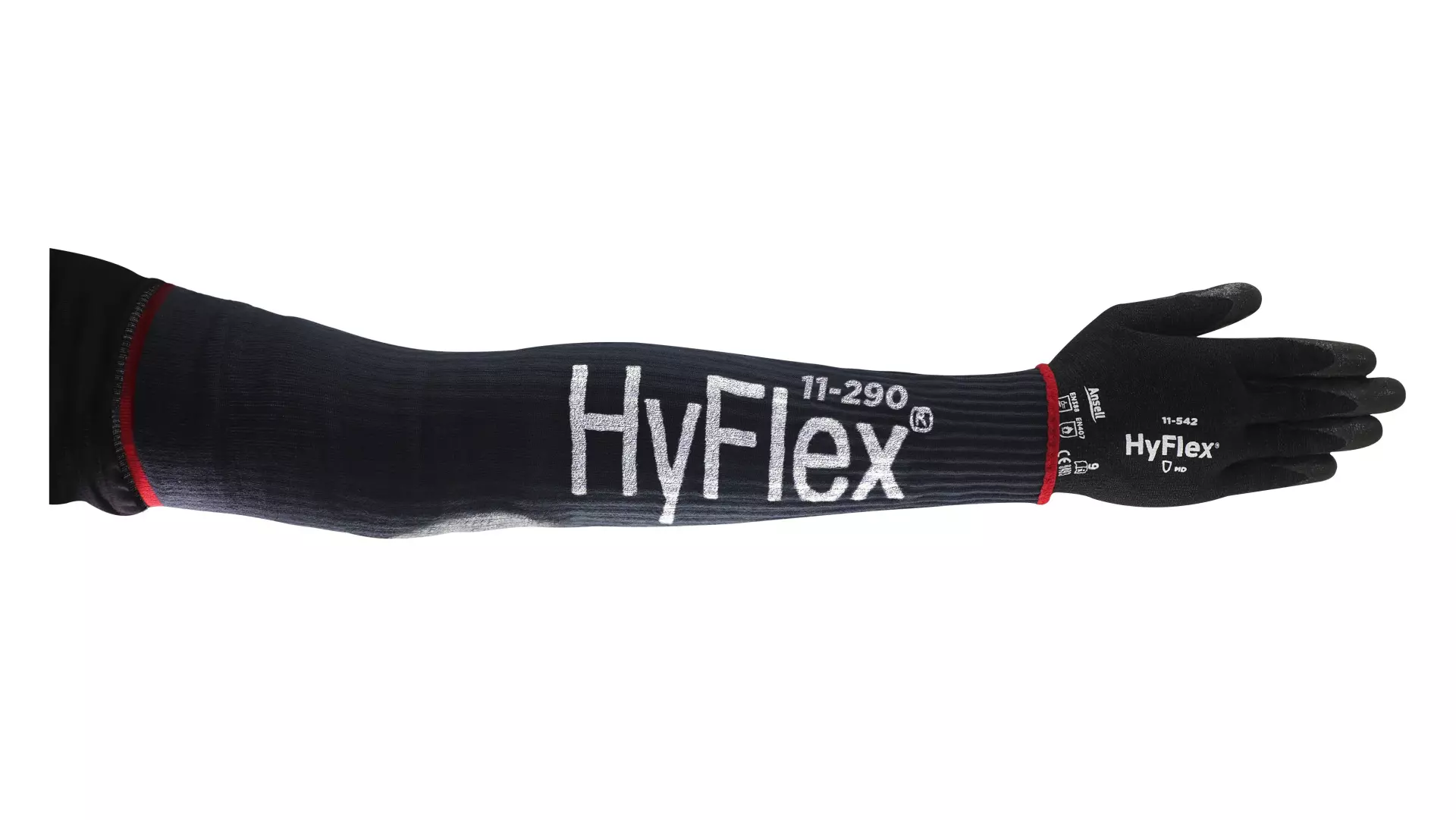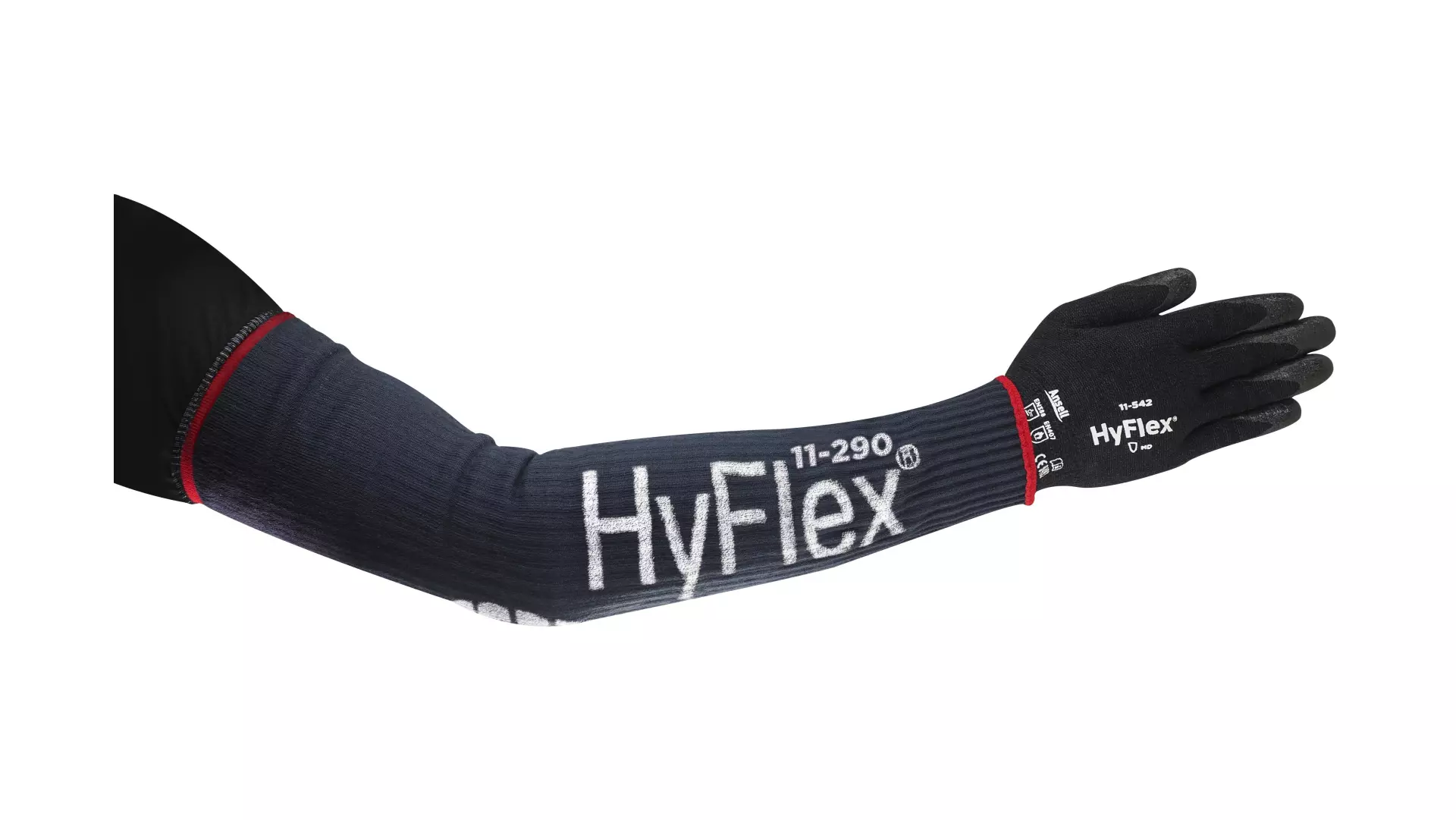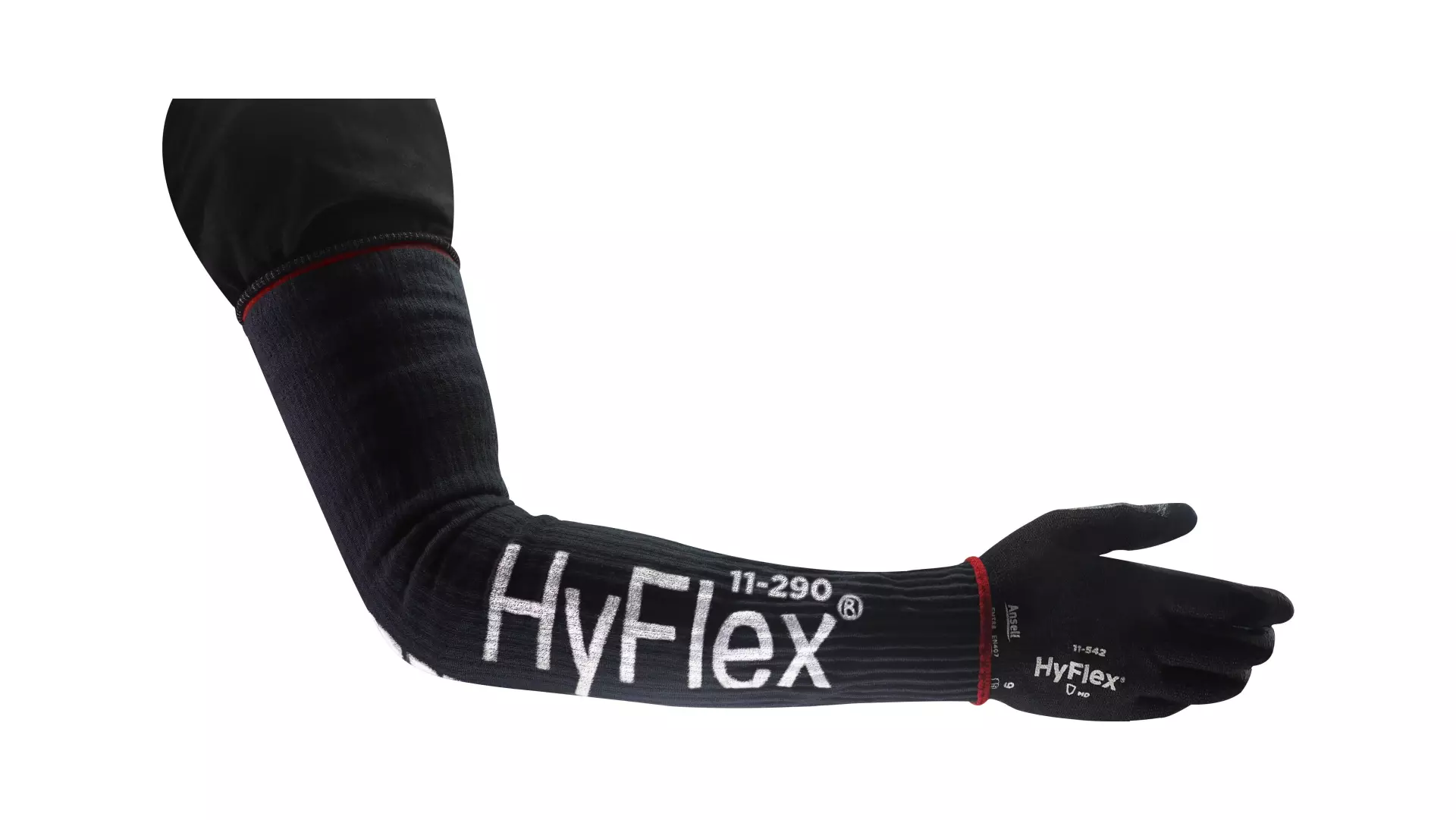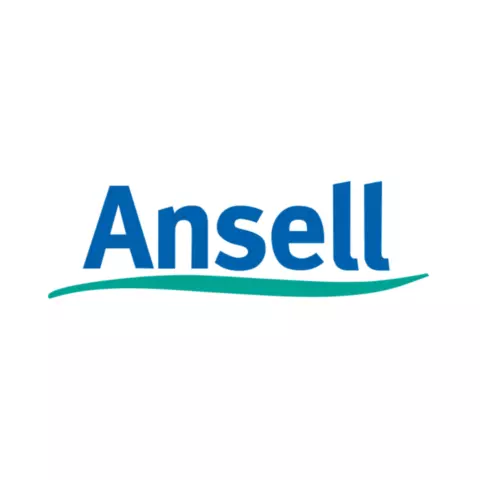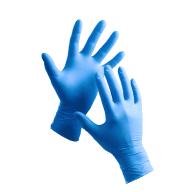HyFlex 11-290 18.0 Wide
4.5 / 5
Product description
Description
Advanced protection: HyFlex® 11-290 protective arm sleeves are designed with INTERCEPT™ Cut Resistance Technology, guarding against lacerations (ANSI A5/EN ISO E)
Optimized safety: With nine compression zones* to regulate pressure levels, these protective sleeves boost blood circulation, stabilize arm muscles and improve workplace safety
Improved ergonomics: Their ergonomic design results in a natural, contoured fit
Elevated comfort: Made from breathable material, these HyFlex® protective sleeves ensure all-day comfort
Specialized defenses: Their thermo-resistant fibers guard against heat up to 100ºC/212ºF (EN 407 contact heat protection level 1)
Enhanced features: They include an integrated elbow pad, for impact protection and added longevity
*high cut compression, tested to DIN SPEC 4868 standards
Recommended for
Glass repair and replacement
Handling metal sheets & panels
Equipment maintenance and repair
Assembly of parts
Product Details
Antistatic: No
Length: 45Cm
Width: Narrow, Wide
Construction: Knitted
Cuff Style: Knitwrist
Gauge: 15
Latex Free: Yes
Liner Color: Dark Blue
Liner Material: Kevlar®, Stainless Steel, Polyamide, Spandex
Silicone Free: Yes
Specific Needs: Ulw2
Washing Temperature: 40 °C (104 °F)
About Cut Resistant Sleeve
Cut Resistant Sleeves provide essential arm protection against lacerations and abrasions in hazardous work environments. Made with specialized cut-resistant fibers, these durable arm coverings offer comfort and flexibility while safeguarding against workplace injuries in manufacturing, construction, and industrial settings.
- Hand Protection
- Cut Resistant
- Heat & Flame Resistance
- Machine Washable
Standards and labels
Ansell delivery terms
Free delivery for all Ansell products
4 514,88 kr
Price per 30 packages (30 pairs)
150,50 kr / pair
Free delivery
A carton contains 30 packages (30 pairs)
